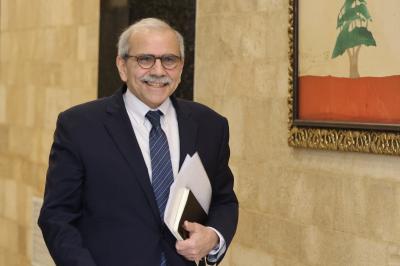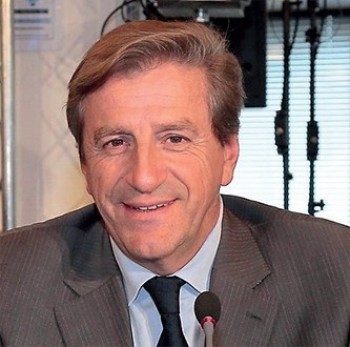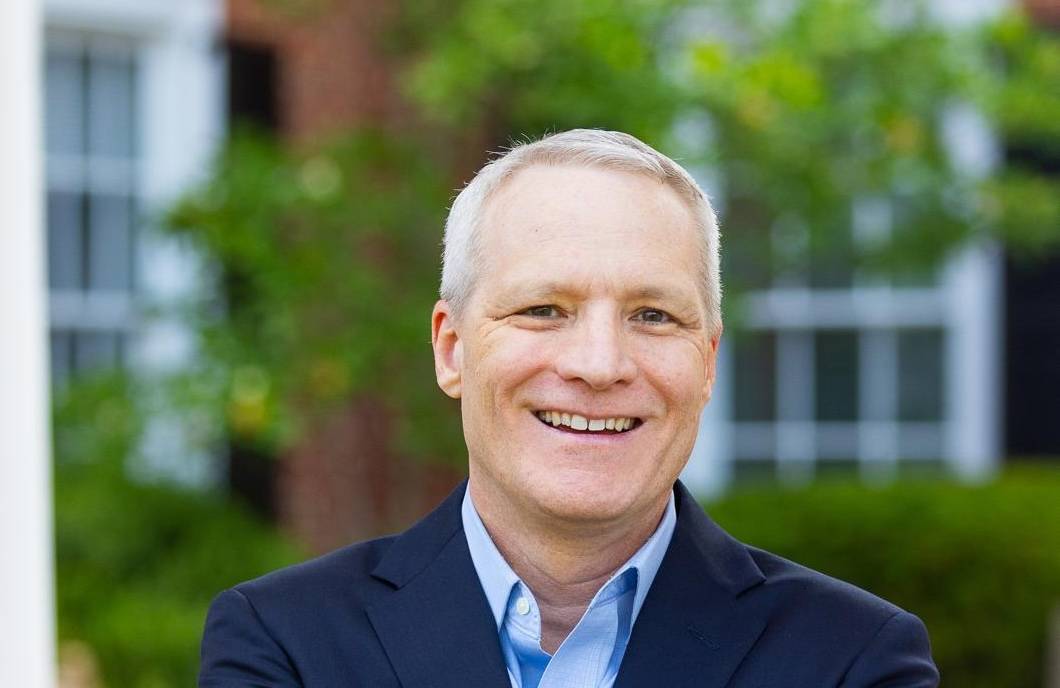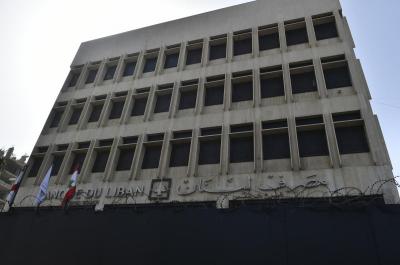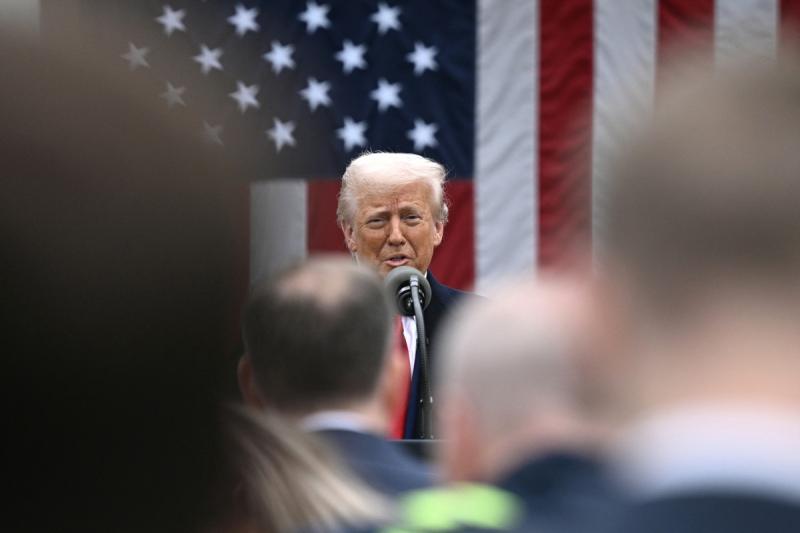For the first time since March 2020, the U.S. Federal Reserve has lowered its main interest rate by 0.5 points and is considering another half-point cut by the end of 2024. Will the U.S. economy be able to recover steadily?
As expected, the Fed has begun a new cycle of easing its monetary policy. The 0.5-point reduction decided last Wednesday is clearly aimed at stimulating growth and significantly reducing, though not eliminating, the risk of a hard landing for the economy over the coming year. During his press conference on Wednesday, Jerome Powell emphasized that the Fed's primary goal is now to maintain the unemployment rate at its current relatively low level of about 4.3%.
The predictions of a recession caused by the tightening of monetary policy and its effects on employment have not yet materialized. Unemployment trends continue to show resilience, exceeding expectations. To ensure the stability is maintained, the Federal Open Market Committee (FOMC), in its updated Summary of Economic Projections (SEP), signaled one or two additional rate cuts this year, with a further 100 basis point reduction expected next year.
Jerome Powell, the Federal Reserve Chair, is navigating a complicated presidential election context… With U.S. inflation ranging between 4.75% and 5.00%, did Powell take a bold step or a risk by cutting rates?
This new cycle of monetary easing marks the end of the Fed’s tightening policy, which began in March 2022, aimed at bringing inflation down to 2%. Chairman Powell stated that this restrictive policy has helped better balance the economy, aligning with the Fed’s dual mandate: to ensure full employment and price stability. He remains confident that the current strength of the labor market can be preserved while inflation continues to decrease towards the 2% target. In other words, the FOMC believes that monetary policy is well-positioned to effectively manage both components of its mandate.
In 2021, inflation exceeded the Fed’s target, reaching about 9% by mid-2022. In response, the Fed quickly raised interest rates to curb this rise. Although some criticized this move as being too late, the restrictive policy ultimately helped bring down inflation. Today, inflation has fallen below 3%, according to the Consumer Price Index, though it remains above the 2% target. The Fed is nonetheless confident that inflation expectations are well-anchored and on a sustainable path toward this goal. The FOMC projects overall inflation to be 2.3% this year and 2.1% by 2025.
However, some fear that the 50-basis-point cut could reignite inflation. The Fed must strike a delicate balance between this risk and the potential for economic weakening.
It is important to remember that any decision by the Fed regarding rates—whether a hike, cut, or hold—always carries economic uncertainties. The true effectiveness of this easing cycle can only be assessed in the coming months when its impact on the Fed’s dual mandate can be evaluated.
Will this interest rate cut restore purchasing power for American households? For some time now, high inflation and the high cost of credit have been squeezing their purchasing power.
American purchasing power has indeed been under strain in recent years. Moving forward, the interest rate cut announced on Wednesday, along with the other reductions planned, could represent good news for consumers. The rate cut should lead to lower rates on mortgages, auto loans, and credit cards, making borrowing and spending more accessible. The best way to preserve consumers' purchasing power is for the Fed to succeed in fulfilling its dual mandate: maintaining low inflation and ensuring maximum employment in the future.
The U.S. election campaign is in full swing. For the economy and financial markets, would a Trump or Harris victory make a difference?
The economy is undoubtedly the most crucial issue for American voters. However, debates over who deserves credit or blame for recent market fluctuations, unemployment trends, and inflation won’t be settled until Election Day. Each candidate has presented different proposals on various economic issues. Both candidates have plans regarding taxes and spending, but their approaches differ. Donald Trump advocates for tariffs and reducing regulations, while Kamala Harris supports additional regulations, including price caps on certain products, especially food items. Although each candidate seeks to address various economic challenges, the details of their plans have yet to be fully fleshed out. The effectiveness of each candidate’s proposals is still hotly debated. Since economics is an inexact science, uncertainty and debate will likely continue even when the details become clearer, as predicting economic growth and inflation is never easy.
As for the Fed’s response, the specific path forward for rate cuts over the coming months (how many cuts and when) is unclear and will depend on economic conditions at the time of each Fed meeting. The Fed has stated that it has no preset course and will continue to make decisions on a meeting-by-meeting basis. All of these factors indicate that the U.S. economy will approach the November elections with a great deal of uncertainty regarding its trajectory before and after the elections.
Trump has accused the Fed of being "politicized." "Such a significant cut shows... that the economy is either in bad shape or they’re playing politics," said the former U.S. President. What’s your view on this?
It’s important to remember that the Fed is an independent organization. This autonomy allows it to more effectively focus on fulfilling its dual mandate in service of all Americans.
Regarding Wednesday’s actions, the 0.50-point rate cut is a classic move at the start of a new monetary easing cycle. Although the current economic circumstances are different, Chairman Powell clarified that this 0.50-point reduction isn’t a sign of weakness but rather an effort to recalibrate monetary policy to better balance the risks between inflation and economic slowdown. This context differs from the usual start of easing cycles, as this time, the Fed is acting in anticipation of concerns that the economy could enter a recession if no action is taken. In the past, an imminent financial crisis often made this threat obvious, which is not the case currently. Today, recession fears are weighing more heavily on Fed officials, as they are less worried about inflation than they were over the past two and a half years.
The U.S. employment situation currently shows signs of slowing compared to earlier this year. While unemployment has risen in recent months, it remains low by historical standards, and the economy isn’t seeing a significant spike in layoffs. Thus, even though job creation has slowed somewhat, labor market conditions are less tight than they were a year ago, and both employment and job growth remain relatively strong.
What is the current state of the economy?
The real gross domestic product (GDP) growth rate is a key indicator of economic activity. According to the Atlanta Fed’s GDPNow model, which provides a real-time estimate of real GDP, economic growth for the third quarter of 2024 is estimated at just under 3%, a figure similar to the second quarter but up from the 1.4% recorded in the first quarter of this year. A recession is typically defined by two consecutive quarters of real GDP contraction. In its analysis, the FOMC projects real GDP growth of about 2.0% this year and over the next two years. Thus, while the current economic outlook isn’t particularly vigorous, it doesn’t align with a recession scenario.
Interview conducted by ERE
(*) Executive Director of the Mayo Center of Asset Management at the Darden School of Business, University of Virginia, founded by Thomas Jefferson in 1819.
The Darden School of Business awards only postgraduate degrees: a Master of Business Administration and a Doctorate, preparing students for careers in sectors such as strategic consulting, investment banking, and management.
 French
French



